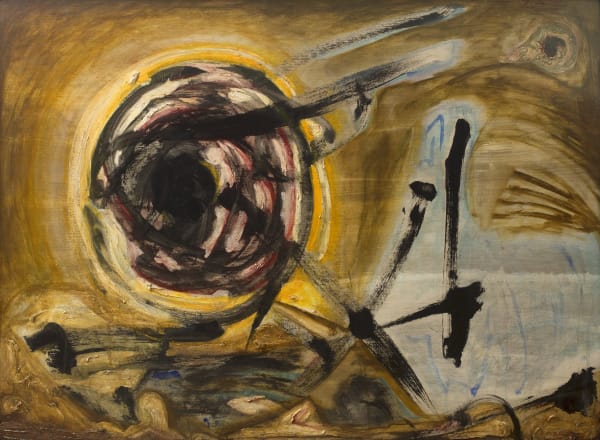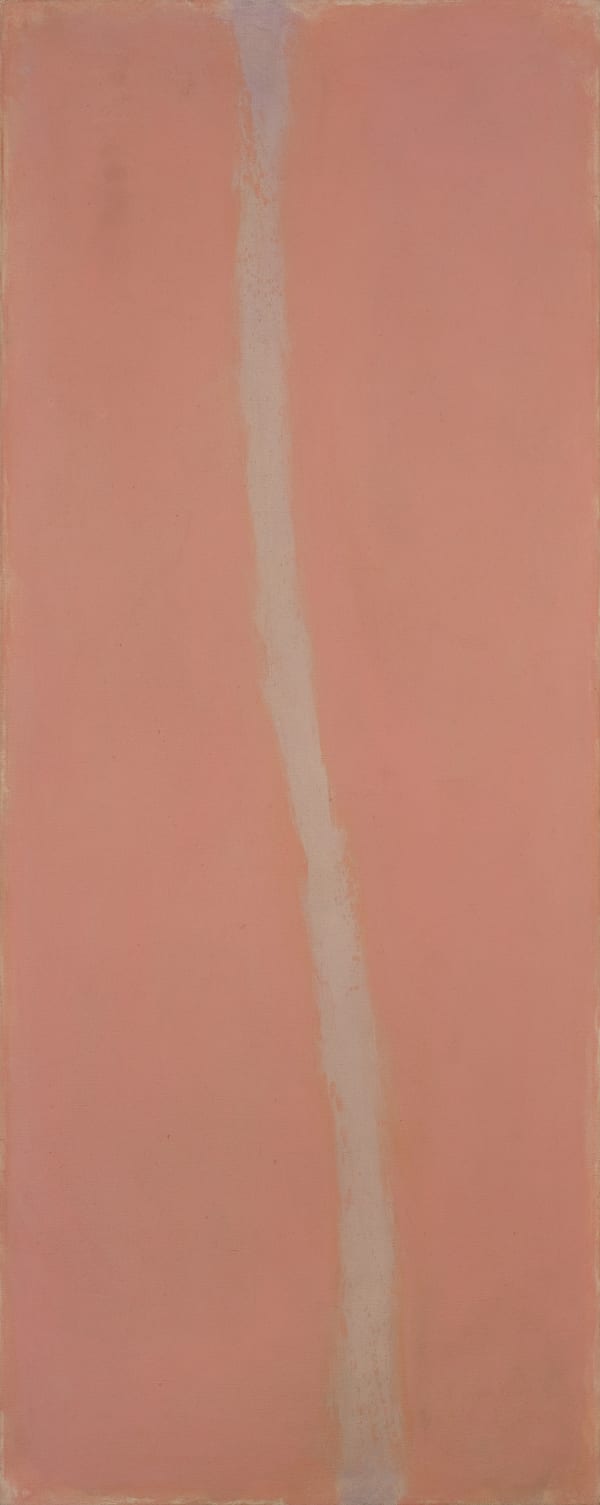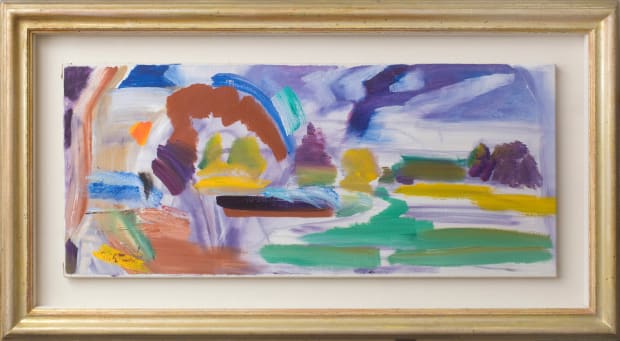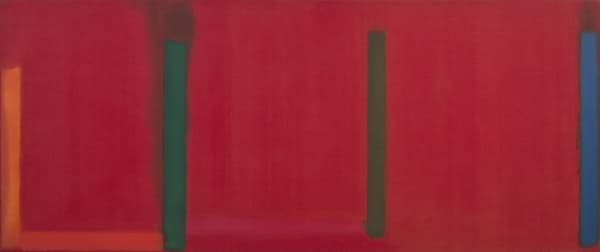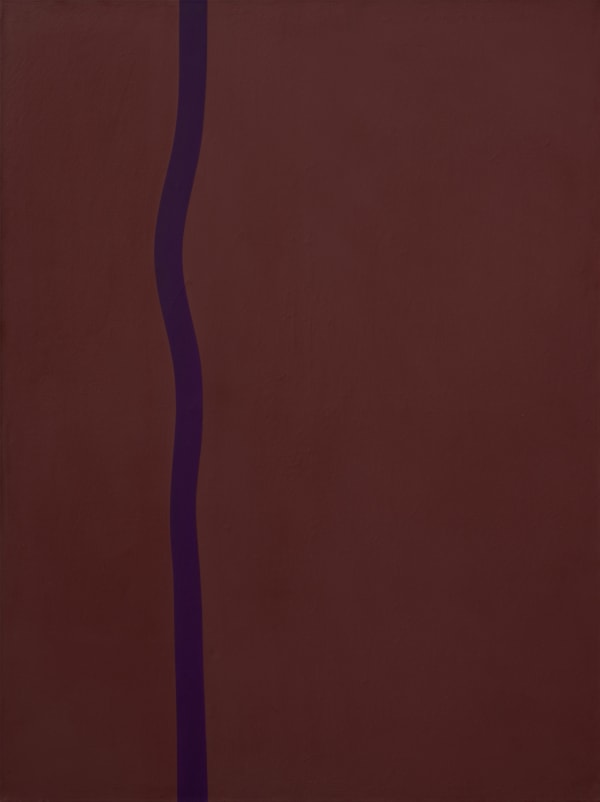-
Painterly Abstraction in Post-war Britain
1 April - 4 May 2021
-
Whilst the early Abstract Expressionism of New York was an evident catalyst for many British artists of the 60s and 70s (including Patrick Heron, Bryan Wynter and John Hoyland), the legacy of modernist and surrealist artists based in Paris such as Giacometti and Brânçusi was still also felt strongly. As such, the range of work produced in Britain at the time reveals the many guises of abstract painting and sculpture. From the immediate post-war period, and later into the 21st-century, there were an infinite variety of abstract paths that artists embarked upon to reach what John Golding would call pure colour sensation.
-
Works
-

-

-

-


